Slack's five-year-long fight against email is about to get more complicated
UK boss says success depends on the platform becoming a viral sensation among business users

The following interview took place on 28 January, prior to the announcement that Slack would be going public
After just five years on the market, Slack has become one of the most popular workplace communication apps, garnering over 10 million daily active users in 150 countries around the world. However, executives tell us that the platform plans to expand its business footprint even further in the years to come.
Slack has experienced rapid growth in terms of its users and as a company. About 500,000 organizations use Slack today, as well as 85,000 premium business subscribers - which includes 65 of the Fortune 100. That's an increase of over 50% in the past year alone.
That hasn't happened by accident. Slack has been somewhat aggressively asserting its dominance in a market that's relatively saturated, and it's clear it has no plans of slowing down. The company sees itself as an all-encompassing workplace communication platform, one that will act as a portal for all the various other services you might use. You won't need any other application, because Slack will have them all.
That's the message, and it's one Slack is acting upon. The company unexpectedly announced the takeover of Astro, a startup developing an email platform with a built-in smart assistant, only to then announce it would be swiftly killing off its email component. Somewhat ironically, it's clear Slack is gearing up to introduce its own email features despite years of railing against the seemingly outdated form of communication. What's unclear is whether that's a separate platform integrated with the Slack app, or features built right into Slack itself.
Freemium Foundation
The company will achieve this omnipotent status, it says, by taking advantage of its "freemium" model and the "virality" it ensures.
Slack can be used for free, with more features available for a monthly per-user fee. With the free version, you search up to 10,000 messages, make one-to-one video calls and install up to 10 apps and integrations - meaning you can get a pretty productive workday out of Slack without paying anything.
Sign up today and you will receive a free copy of our Future Focus 2025 report - the leading guidance on AI, cybersecurity and other IT challenges as per 700+ senior executives
Perhaps more importantly, though, the free package also introduces many people to the platform and increases the odds that someone hears about it through word of mouth. Because the freemium model introduces so many people to the platform, there's not a lot of barriers to entry.
Stuart Templeton, Slack's Head of UK, explains to Cloud Pro that it's this accessibility that's proving to be a critical first step in introducing new users to the platform.
"As a company that goes to market in a 'freemium' way, I don't think you can underestimate the power of virality," says Templeton. "Our job is to ensure people have heard about [Slack] and are getting success, because that success drives monetisation, but it also drives viral adoption as well."
Of the 8 million daily active users that Slack now boasts, 3 million of these are paid. These stats are reflected in the UK Slack market, which Templeton heads, with 45% of UK users now paying a monthly subscription, making it the country with the highest monetisation rate in Europe.
Virality
That's one success Slack can shout about, but it's not one that can inherently translate to growth. For that, it hopes to rely on the 'viral nature of positive experiences' - in other words, happy customers will tell their friends.
"We believe we've got an addressable market of around 600 million knowledge workers," says Templeton. "So, we've got an enormous opportunity ahead of us."
He explains that when successful paying customers share their positive experiences with other Slack users, they encourage others to become paying customers as well. Thus, the interconnectedness of Slack inherently boosts its business footprint.
It's this idea of positive experiences that has led the company to become heavily invested in frequent software updates, including features like allowing Slack users to manipulate how often and where they receive notifications.
Templeton explains that because 'Slacking' is messaging-based, some users might initially feel overwhelmed with notifications. In a nod to Slack's yet-to-be-confirmed email ambition, he believes that messaging on the platform should be thought of as similar to sending emails - the idea that users shouldn't feel obligated to instantly reply to messages.
"It's very important that people know we've got focus mode, that you could turn off your notifications by channel, that you can turn them off completely," explains Templeton. "But, if you want to get a notification, it's really important that you get it and that you get it on any device."
Avoiding downtime
Another way Slack strives to improve customer satisfaction is through integrations. According to Templeton, there have been 8.8 million app installations from the Slack directory to date. It currently has about 1,500 apps available for download, and 95% of paid teams are using integrations.
"It can be from website visitors hitting the marketing channel to take friction away from marketing work, or leads to salespeople being rooted to the right place so they can respond to customers faster, or bug notifications coming from ServiceNow or Jira into Slack to make people work faster."
This makes it easier for people to communicate and ultimately get their work done, Templeton argues, and while this is inherently what Slack, as a collaboration tool, is supposed to do, it is also serving as an important marketing strategy for the company.
Yet, in order for this business model to work, Slack users have to be having a positive experience. The company has been fortunate in that downtime has become a fairly rare occurrence - there has only been one major outage in the past year, although connectivity was restored in a matter of hours.
It's also managed to avoid any major data breaches, aside from the discovery of a vulnerability in 2017 through its bug bounty programme, and the platform was one of the first to introduce sweeping data protection changes as part of the introduction of GDPR in May 2018.
Melting the Iceberg
Templeton compared Slack's future to an iceberg. As the company's customers continue to grow, its integrations and features - its strongest marketing assets - will do the same.
"If there's a water level on that iceberg, of course below that water line, you're going to have to go into those business applications to get your jobs done," he said. "Over time, you're going to see that water line drop, so that you can surface more and more sophistication into Slack, which will further take the friction out of people's work."
Slack prides itself on its ability to offer an unrivalled suite of integrations for its users, yet it's clear that it has some way to go before the platform becomes ubiquitous in business collaboration. In order to address that hurdle, Slack will need to branch out, starting first with better support for email platforms.
Slack as the 'email killer' never quite materialised, but, as the old saying goes, if you can't beat them, join them.
-
 Motorola's new premium smartphone is a melting pot of camera innovation
Motorola's new premium smartphone is a melting pot of camera innovationNews The Signature has been built in collaboration with Sony, Qualcomm, and Instagram, and has four 50MP camera lenses
-
 Lenovo reveals slick rollable screen concept at CES 2026
Lenovo reveals slick rollable screen concept at CES 2026News The ThinkPad XD is impressive, but the ThinkBook Gen 7 Auto Twist will have us knocking our laptops open
-
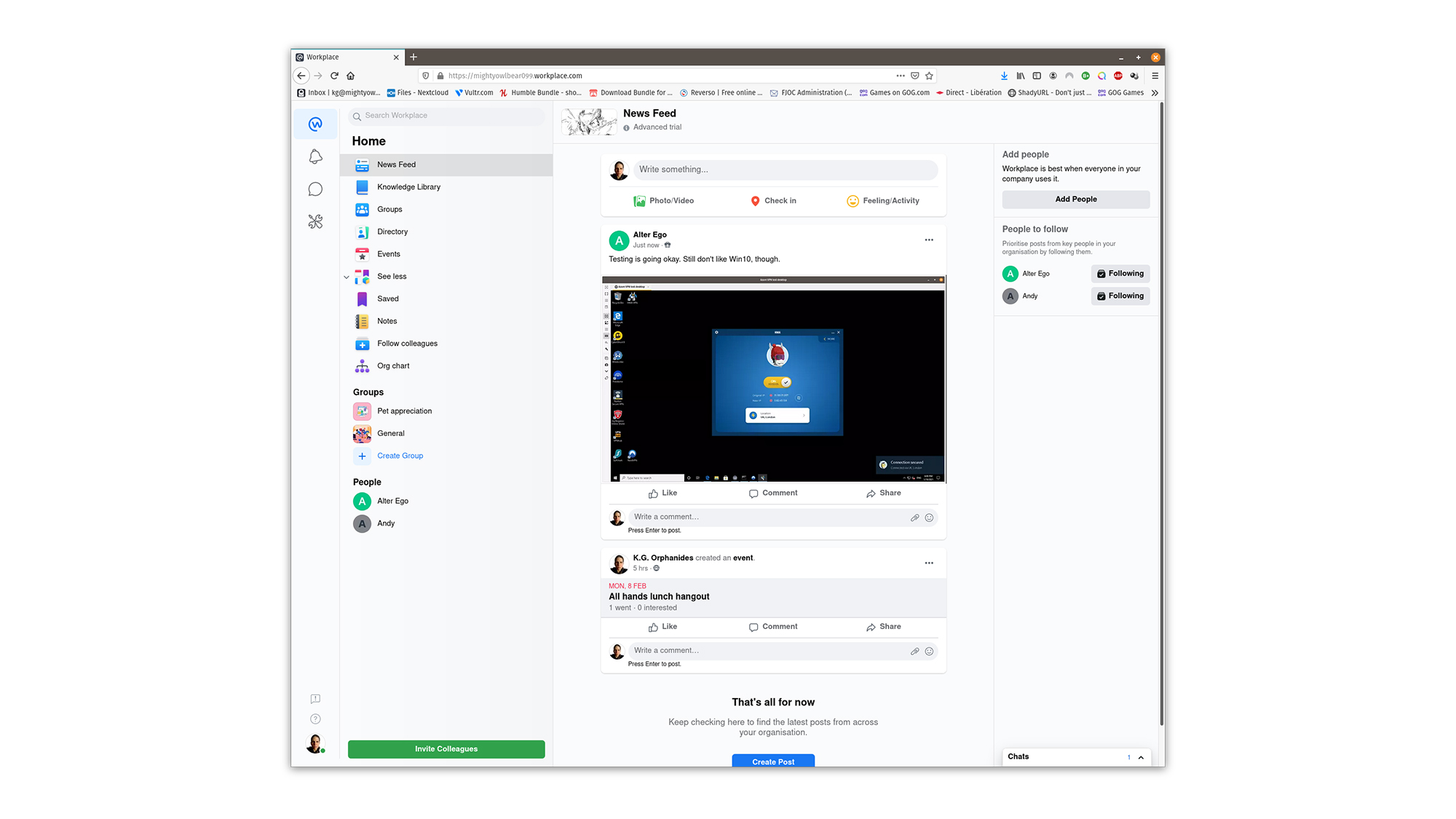 Facebook Workplace review: Are you ready for Facebook’s social office?
Facebook Workplace review: Are you ready for Facebook’s social office?Reviews The corporate version of Facebook does a lot, much of it well, but its comms and events need more polish
-
 Microsoft to launch standalone Office 2021 suite
Microsoft to launch standalone Office 2021 suiteNews The Office 2019 successor will be released alongside Office LTSC for commercial customers
-
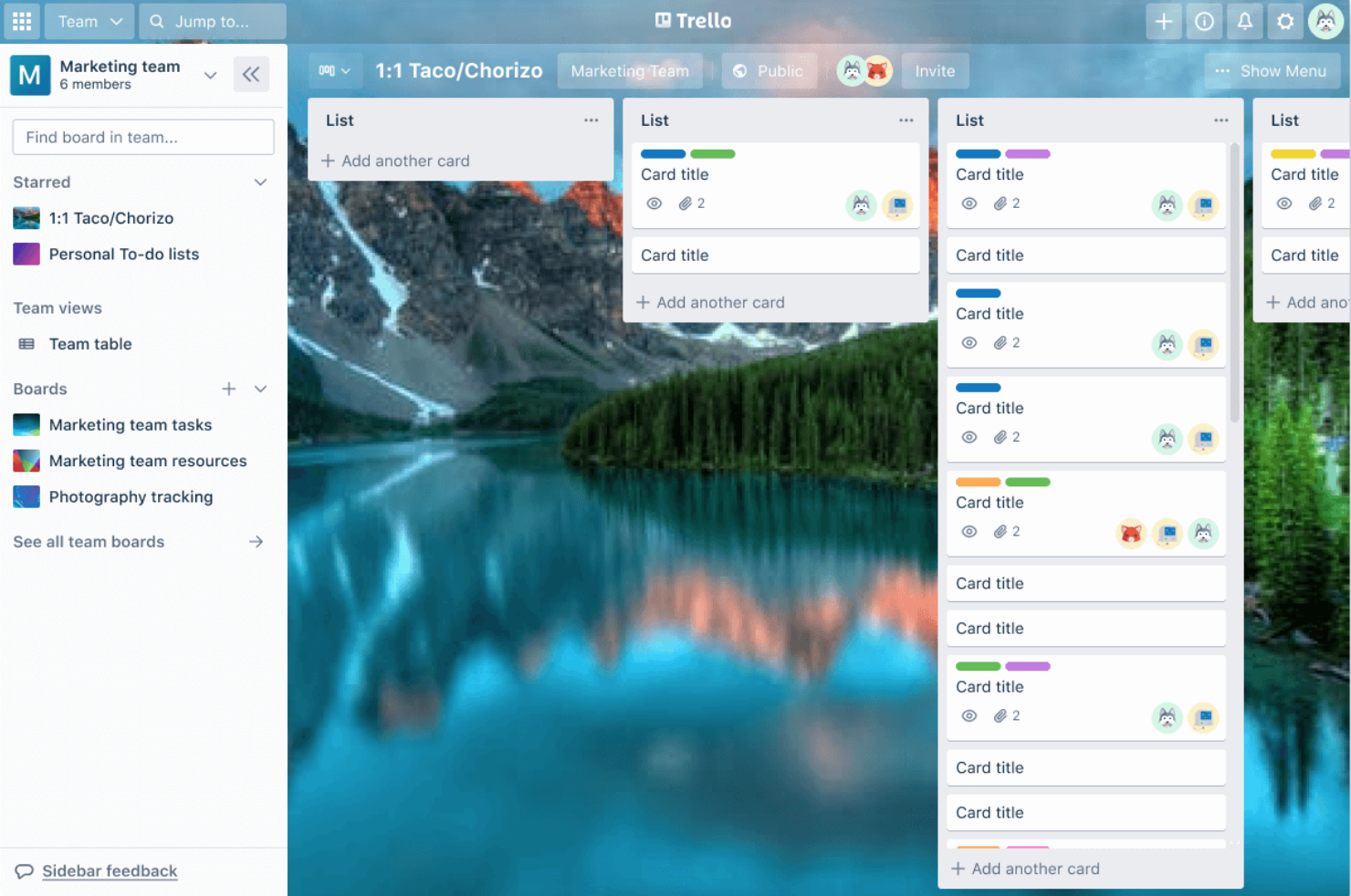 Trello overhauls platform to cater to remote working
Trello overhauls platform to cater to remote workingNews The major update includes new boards and cards to help users visualise workflows and manage cross-department projects
-
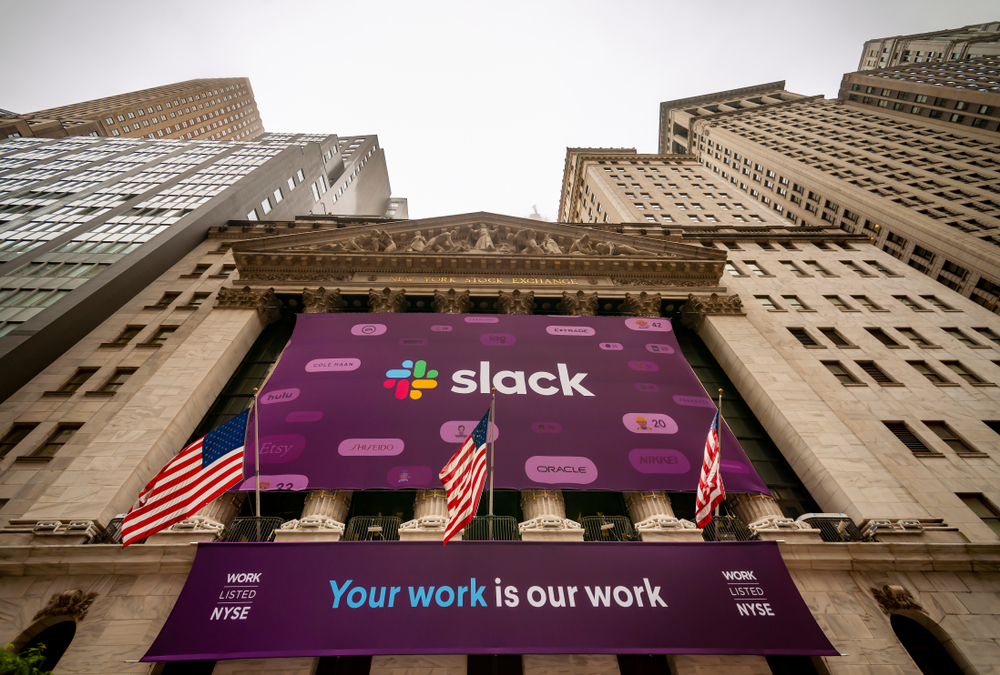 Slack stock downgraded as lockdown growth stalls
Slack stock downgraded as lockdown growth stallsNews Any benefits the communications platform saw in Q1 largely disappeared by the summer, according to Morgan Stanley
-
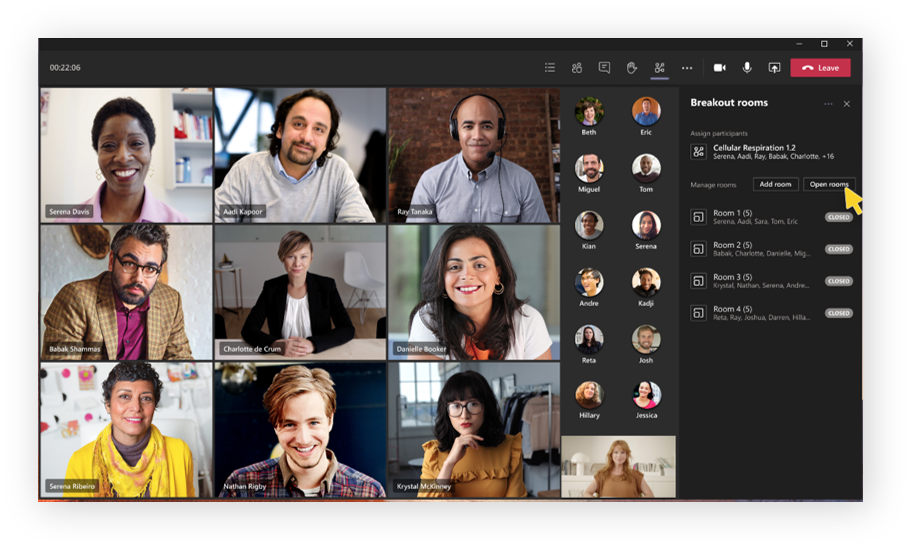 Every Microsoft Teams update from Ignite 2020
Every Microsoft Teams update from Ignite 2020News UI improvements, feature updates, new functionality, and a glimpse at Teams' future on Android
-
 Dropbox launches admin controls and collaboration hub amid major workspace push
Dropbox launches admin controls and collaboration hub amid major workspace pushNews The cloud-powered file depository branches out into productivity with major updates
-
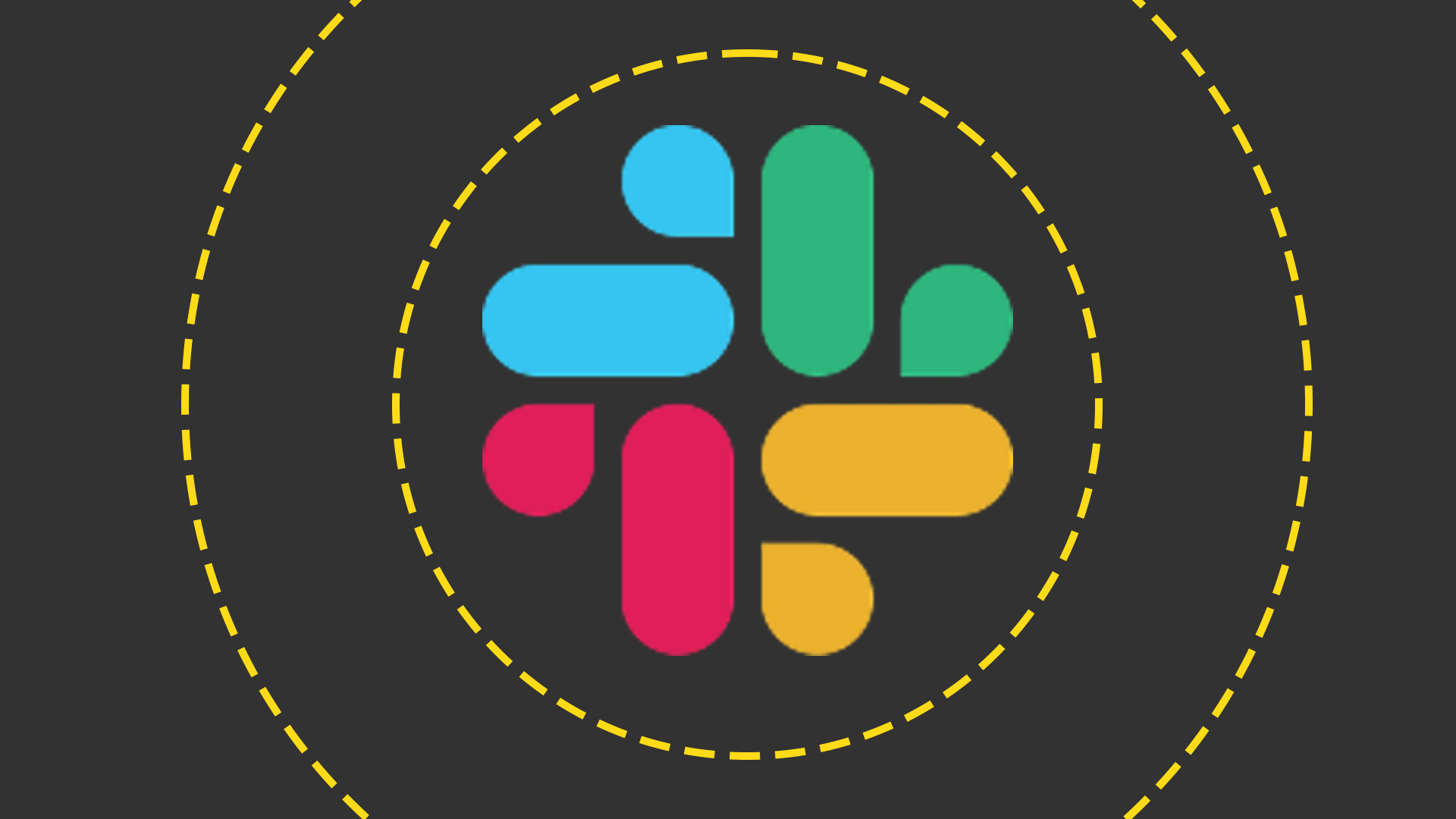 Slack review: Free your business comms
Slack review: Free your business commsReviews Slicker and more flexible than ever, Slack has the potential to replace a raft of disparate communications tools across your entire organization
-
 Microsoft will buy out your Box, Dropbox or Google contract
Microsoft will buy out your Box, Dropbox or Google contractNews Redmond offers free OneDrive for Business subscriptions to cover remainder of rival contracts